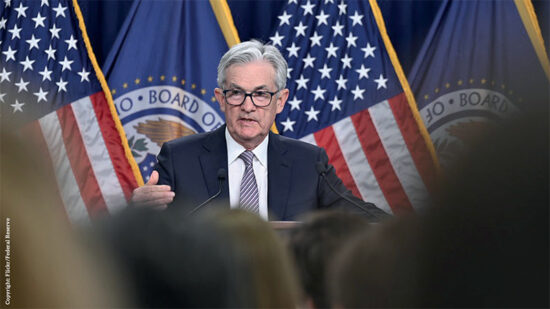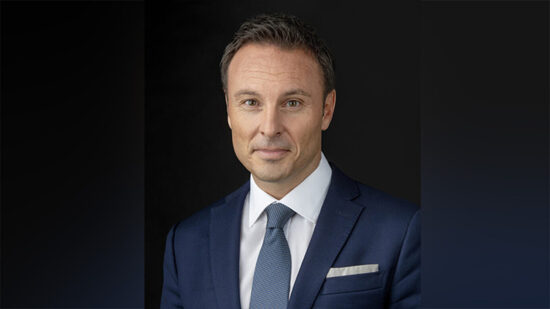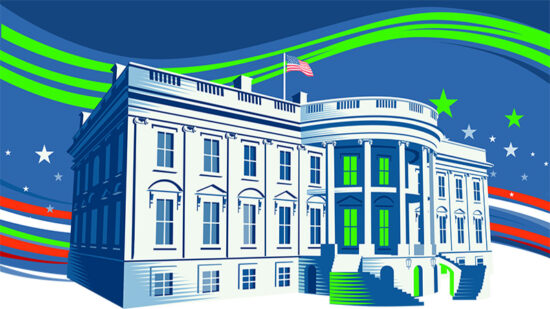FSA looked at 62 funds registered for sale in Hong Kong and/or Singapore whose annual fee (OCF) is 3% or more, according to data from FE. Most of them − 43 − are equity funds and only three are fixed income funds.
The fund charging the highest fees in the sample is the Shenyin Wanguo China Policy Fund, with an OCF of 6.66% at the end of 2016. The second most expensive fund is the Alquity Africa Fund, with an OCF of 4.9%. Two other funds charge more than 4% OCF.
On the flipside, there were 198 funds in the Hong Kong and Singapore universe of funds registered for distribution that charge 1% or less of annual fee. Most of these – 139 – are fixed income funds and 39 are equity funds (excluded from the sample are ETFs, index funds, money market funds and all those with less than a three-year track record).
Holding the belief that it is worth paying higher fees for superior value added by active managers, FSA looked at simple measures of active performance, alpha and information ratio, of the funds in both samples.
More often than not, the active funds analysed underperformed their benchmarks in both samples. Overall, the expensive funds did more poorly than the inexpensive ones.
3-year alpha of mutual funds with low and high annual fees

Data: FE, on 28 August 2017, funds registered for sale in Hong Kong or Singapore, funds performance in US dollars
We found that 82% of the expensive funds (marked with red dots on the chart) underperformed their benchmark on the three-year basis, as measured by the information ratio, and 76% of them had a negative alpha.
Moreover, all funds with an OCF above 3.5% (12 products), had a negative three-year alpha and information ratio. Only two of them delivered a positive three-year return.
Among the least expensive funds, 65% had a three-year negative information ratio, while 59% had a negative alpha. The results were slightly better for the least expensive equity funds – only 58% had underperformed their benchmarks and 51% had a negative alpha.
While there are a few notable exceptions of funds delivering high alpha while charging high fees, this quick analysis confirms the old wisdom that says a high price doesn’t mean high quality.








